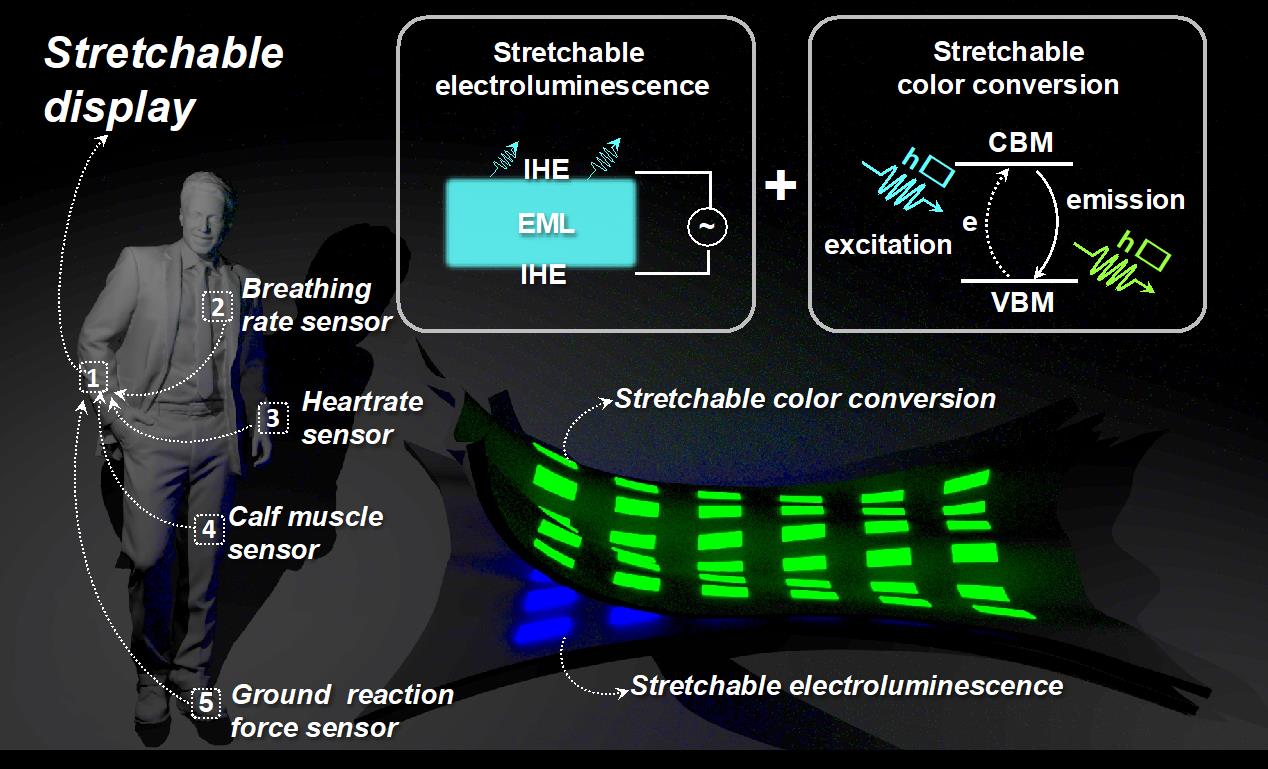- About
- Academics
-
Undergraduate Programs
- Civil and Environmental Engineering
- Architecture and Architectural Engineering
- Mechanical Engineering
- Industrial Engineering
- Energy Resources Engineering
- Nuclear Engineering
- Materials Science and Engineering
- Electrical and Computer Engineering
- Naval Architecture and Ocean Engineering
- Computer Science and Engineering
- Aerospace Engineering
- Chemical and Biological Engineering
-
Graduate Programs
- Civil and Environmental Engineering
- Architecture and Architectural Engineering
- Mechanical Engineering
- Industrial Engineering
- Energy Systems Engineering
- Materials Science and Engineering
- Electrical and Computer Engineering
- Naval Architecture and Ocean Engineering
- Computer Science and Engineering
- Chemical and Biological Engineering
- Aerospace Engineering
- Interdisciplinary Program in Technology, Management, Economics and Policy
- Interdisciplinary Program in Urban Design
- Interdisciplinary Program in Bioengineering
- Interdisciplinary Program in Artificial Intelligence
- Interdisciplinary Program in Intelligent Space and Aerospace Systems
- Chemical Convergence for Energy and Environment Major
- Multiscale Mechanics Design Major
- Hybrid Materials Major
- Double Major Program
- Open Programs
-
Undergraduate Programs
- Research
- Campus Life
- Communication
- Prospective Students
- International Office
SNU College of Engineering Professor Tae-Woo Lee Develops ‘Movie-like’ Stretchable Display
-
Uploaded by
관리자
-
Upload Date
2020.09.16
-
Views
974
SNU College of Engineering Professor Tae-Woo Lee Develops ‘Movie-like’ Stretchable Display
- Developed using color-conversion layers through the application of perovskite nanocrystals
- Identification of the principle of moisture-assisted surface passivation of pervoskite nanocrystals
▲ (From left) SNU Professor Tae-Woo Lee, Ph.D Candidate Student Huanyu Zhou (First Author)
We are expected to take a step closer towards the development of stretchable displays that can be freely bent and folded or even attached to skin - just like those seen in science fiction movies.
A research team led by Professor Tae-Woo Lee of the SNU Department of Materials Science and Engineering, Hybrid Materials, announced on July 29 of the development of a flexible color conversion layer with perovskite nanocrystals that was successfully applied it to stretchable displays. This research will speed up the development of next-generation stretchable luminescence devices.
The recent development of flexible material and solution process technology has made it possible to develop wearable devices. For this technique, it is most important to continuously monitor the physiological data of the human body through sensors attached to the skin. One of the basic elements of wearable devices is a stretchable display that can visualize signals from sensors. In the early days of wearable device development, there was the problem of low portability due to all devices being connected by cable and had devices that were large in volume, but stretchable displays are flexible, and so can be attached to the skin and can conveniently check signal output from the sensor in real time.
Luminous bodies including luminous polymer and quantum dot can be used to manufacture flexible luminous elements, but such materials have problems of being susceptible degradation when exposed to water and oxygen. Degradation refers to organic or inorganic semiconductor materials being exposed to the air and reacting with moisture and oxygen in the air, which will prevent them from maintaining their original properties. In the case of light emitting elements, the light emitted from the element is weakened, and in the case of complete degradation, black spots are created.
Currently, stretchable luminescence devices need an excellent stretchable bag to avoid degradation in the air during elongation (increasing the device along the length direction), and a new breakthrough is needed through the development of bag material.
To solve this problem, Professor Tae-Woo Lee's research team developed a stable and flexible perovskite nano-crystalline color-conversion layer in the air and combined it with luminous elements to implement a stretchable display.
Perovskite has been superior to existing organic and inorganic luminescence in many respects, including price, quantum efficiency and color purity, and has many studies that have been conducted regrading this in the recent years. However, since perovskite nanocrystals quickly get degraded by moisture and oxygen, Professor Lee's research team used the styrene-ethylene-butylene-styrene polymer matrix to enclose nanocrystallization, improving not only the chemical stability of the nanocrystals but also their mechanical elasticity so that they can be applied as a layer of stretchable color.
In particular, the photomuminescence continued to increase when the stretchable color conversion layer was immersed in water for more than two months, becoming the first to report the finding of moisture-assisted passivation. Passivation eliminates surface defects of matter and increases the luminous efficiency of the light-emitting diode. The study is of high value due to the discovery as well as revealing the principle of surface nodule passivation being possible by controlling the amount of moisture.
The research team also announced that it has implemented white color by combining light emitting elements with stretchable color-conversion layers through the application of perovskite nanocrystals and that the stretchable display can be extended up to 180%, or 1.8 times.
Professor Tae-Woo Lee, the paper's corresponding author, explained the significance of the study, saying, "Stretchable color conversion layers through the use of perovskite nanocrystals will provide a significant stimulus for research regarding the theoretical aspects of pervoskite and will take a step forward to affect its practical application in the field of academic and industrial sectors." He further added that, "This method will provide a new direction for the development of stretchable OLED."

▲ (Left) 3D schematic of the conceptual application of stretchable display to visualize the signals of wearable sensors. A 3D schematic of a stretchable display using a stretchable color-conversion layer integrated with a stretchable luminous element.
In recognition of its importance, the study was published online as of July 26 in the world-renowned international journal Advanced Materials.
[Link to Research Paper]
https://onlinelibrary.wiley.com/doi/epdf/10.1002/adma.202001989
-
PrevSNU Professor Namkyoo Park Team Develops lattice Medium to Lead the Light-Driven Computing Era
-
NextSNU's SOFT FOUNDRY Signs MoU with T&R Biofab to Develop New Materials for 3D Bioprinters